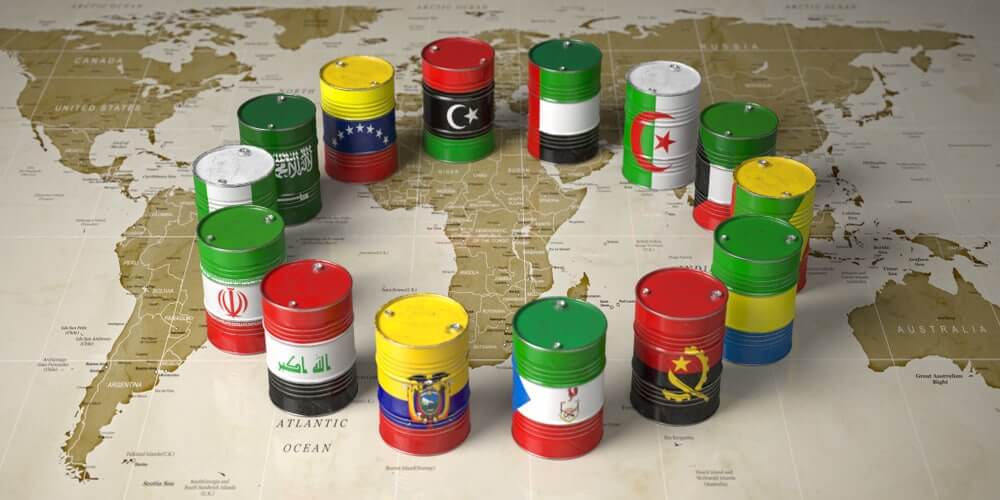
Saudi Arabia and UAE ease oil market volatility
The International Energy Agency (IEA) said on Friday that Saudi Arabia and the United Arab Emirates (UAE) could help to calm volatile oil markets by pumping more crude.
The UAE and Saudi Arabia are the two oil producers with the sparest production capacity, which could help relieve dwindling global oil inventories, which have been one of the factors pushing prices towards $100 per barrel and deepening global inflation.
The Paris-based agency said these risks, which have broad economic implications in its monthly oil report, could be reduced if producers in the Middle East with spare capacity compensated for those running out. According to the IEA, adequate excess capacity could fall to 2.5 million barrels per day (BPD) by the end of the year, with Saudi Arabia and, to a lesser extent, the UAE holding the line.
The IEA added that a successful outcome to international talks with Iran could lift US sanctions on the country’s exports and relieve supply tightness, gradually bringing 1.3 million BPD of Iranian oil back into the market. The need to replenish depleted oil stocks, which have fallen to seven-year lows in OECD countries, suggests that an immediate oversupply is unlikely.
There are already a lot of oil bulls out there, but one more has recently joined them. According to strategist David Roche, in the event of a Russian invasion of Ukraine, oil could reach $120 per barrel.
For example, the Energy Information Administration recently forecasted that US crude oil production would rise to 12 million BPD this year and 12.6 million BPD—a record high—in 2023. HIS Markit’s Daniel Yergin forecasted 900,000 BPD of additional US oil production this year at the end of last year.


